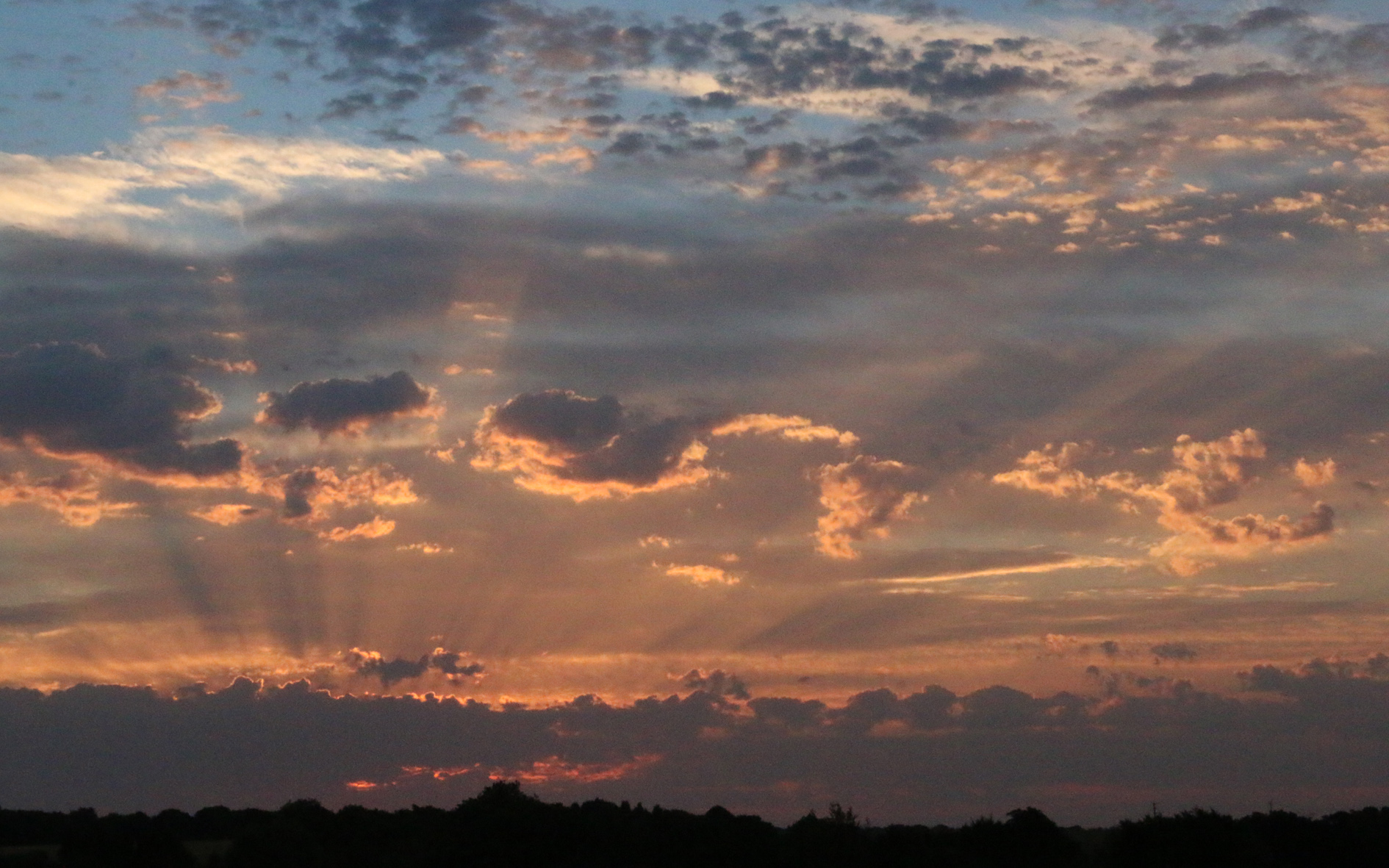March provided us with a wide variety of weather. The first couple of weeks, with low pressure predominating, brought maxima near average but depressed night time temperatures with several frosts and the majority of rainfall for the month. The wettest day occurred on the 3rd with 16.8mm of rainfall, which was 40 % of the total for March. A spring like week started on the 15th with warm, dry days and much sunshine all due an anticyclone which also provided eight consecutive days without rainfall. The remainder of the month brought near average maxima but some sharp frosts, namely -3.8°C and the coldest of -4.6°C on the 30th and 21st respectively. There were eleven air frosts which is three above the long-term average. The mean temperature was just 0.2°C above the long-term average and the total rainfall of 41.6mm was only 69% of the long-term average. The aquifer rainfall, from 16th October – 15th March, which is generally recognized as the period when rainfall drains through to the aquifer rather than evaporating, was 45mm below the long-term average and the driest since 2005/06.
Monthly summary February 2009
The weather in February fell very distinctively into two halves. From the 1st to the 15th we endured continuous frosts, many quite severe with the lowest being on the 14th at -6.5°C. Snow fell for seven of these days, with considerable accumulations from the 2nd to the 5th. The early dry snow arrived on easterly winds but as the moist air from the south met the cold easterly plume of air, it became wetter and produced the equivalent of considerable rainfall, the heaviest of this on the 9th amounting to 22.1mm. As high pressure became established to the southwest of the country from the 14th it deflected Atlantic weather fronts to the north of the country and brought mild air from the southwest. Although much cloud was trapped beneath the anticyclone, there were several days in this second period with maxima well above the average, the maximum occurring on the 22nd at 11.9°C. Saturday 21st brought a beautifully warm and sunny day to dispel the gloom. There was only one day of minimal rainfall in this latter fortnight. Analyzing temperatures for the two parts of February I find that the mean period for the 1st – 14th was 4.4°C below the long-term average and in contrast the second half was 2.6°C above, resulting in the mean for the whole month being almost 1°C below the long-term average. We have experienced five colder Februarys since 1984, in severity order they were 2006, 1996, 1985, 1991 and 1986, the latter being a bitter 6.1°C below the long-term average. With a total equivalent rainfall of 74.2mm this was 10mm or 16% above the long-term average.
The winter of 2008/09 was the coldest since 1990 being 1.7°C below the long-term average. The total rainfall for the winter was 201mm being only 82% of the long-term average.
First and last frosts
In my report for May 2009 I included data on air frost and how the occurrence of below zero temperatures had changed over the years since my records began in 1984. I have now analysed the pattern for the first frost at this time of year. To see the trend more clearly I have analyzed the data over five-year periods and the average for each period is in the table below, both for Spring and Autumn. Although the warming in Spring is evident from 1985, this trend for Autumn didn’t start until the late 1990’s. For both periods there is now a shift of around one month, for these average figures.
|
1985 – 89 |
1990 – 94 |
1995 – 99 |
2000 – 04 |
2005 – 09 |
|
| Last Frost of Spring |
14th May |
11th May |
5th May |
26 April |
22nd April |
| First Frost of Autumn |
29th Sept. |
22nd Sept. |
9th Oct. |
18th Oct. |
26th Oct. |
The trend in the total degrees of air frost for each month since 1984, November & December 2009 excluded, also produces interesting data, as in the table below. November and particularly December during this period, show an increasing severity of air frost in contrast to the less severe monthly frost totals at the beginning of the year.
|
January |
February |
March |
October |
November |
December |
|
-8° |
-10° |
-3° |
-1° |
+3° |
+20° |
Monthly summary January 2009
January 2009 will be remembered as a truly winter month being the coldest January since 1997 and the 4th coldest I have recorded. The mean temperature was just 1.8°C, this being 2.2°C below the long-term average. There were 18 air frosts, which are 7 above the average and close to the record of 22 in January 1985 and also 21 in January 1987. Not only were these frosts frequent but also quite severe with a record low for January of -13.3°C during the night of the 7th. There were also some very cold days when the thermometer did not reach a positive figure, namely 6th and 9th with -1.0C° and -2.5°C respectively. The rainfall of 71.4mm was 81% of the long-term average. With a wet period from the 7th to 22nd, due to mild, moist southerly winds, resulting in the majority of the rainfall and the two wettest days on the 21st and 22nd with 14.8mm and 12.3mm respectively. There were five mornings that dawned with fog and four days with light snowfall. My analysis of the diurnal temperatures, the daily difference between the maximum and minimum, shows a gently increasing maximum, a rise of almost 2°C from the 1980’s to this century.


